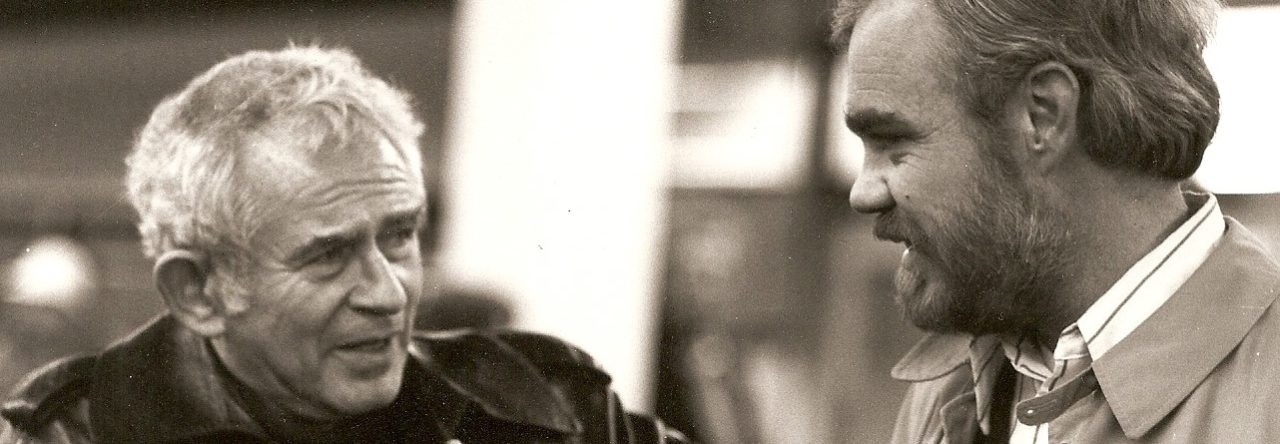The reticence of Don DeLillo, regularly remarked on, is a canard. For decades he has threaded a course between over- and under-exposure. Although he has never taught, dislikes being photographed, and only rarely gives readings, he has been interviewed dozens of times, delivering well-considered if sometimes flinty answers, gists and piths, to questions about the leanings and aversions of his art. For example, he has often noted his propensity to describe place, both interiors (“I sometimes feel I’m painting a character in a room, and the most important thing I can do is set him up in relation to objects, shadows, angles”) and exteriors (“I’m interested in what real places look like and what names they have . . . with memory and roots and pigment and rough surfaces”). He has pointed to the Ouroboros shape of his plots (“a looping action from the end of the book to the beginning”), and noted his admiration for novels, like Malcolm Lowry’s Under the Volcano and Joyce’s Finnegans Wake, that employ this action. DeLillo has also explained that his books attempt to give “a sense of something extraordinary hovering just beyond our touch and just beyond our vision”. These intimations, he says, are “somehow related to the extraordinary dread, to the death ear we try to keep beneath the surface of our perceptions”. It would be difficult to name a contemporary writer whose work is more thoroughly saturated in manifestations of memento mori. His first novel, Americana (1971), ends in Dealey Plaza in Dallas, where President Kennedy was assassinated. His subsequent novels, especially those following The Names (1982), which concerns a cult of assassins intoxicated by linguistic coincidence, explicitly explore the links between death and something else. A partial list: sex (Running Dog, 1978), ecological catastrophe (White Noise, 1985), conspiracy (Libra, 1988), celebrity (Mao II, 1991), nuclear weapons (Underworld, 1997), financial speculation (Cosmopolis, 2003), terrorism (Falling Man, 2007), time (Point Omega, 2010), and religion (The Angel Esmeralda, 2011). Death is also considered in tandem with commodification and waste, and with paranoia, in several of his books – he was once called, with some exaggeration, “the chief shaman of the paranoid school of American fiction”.
